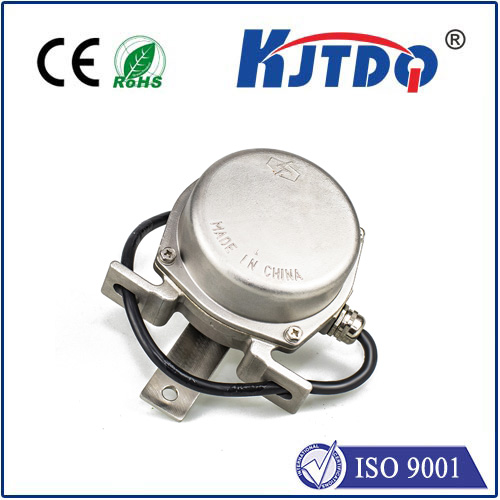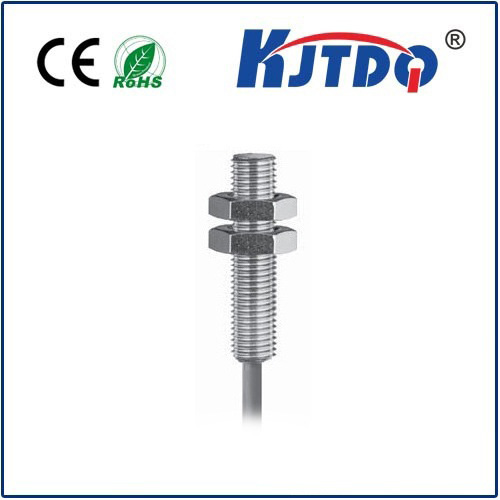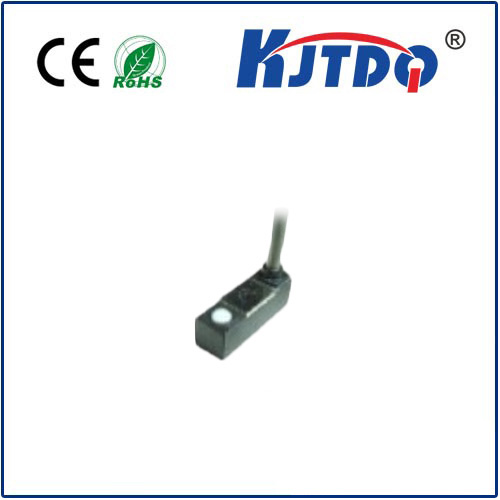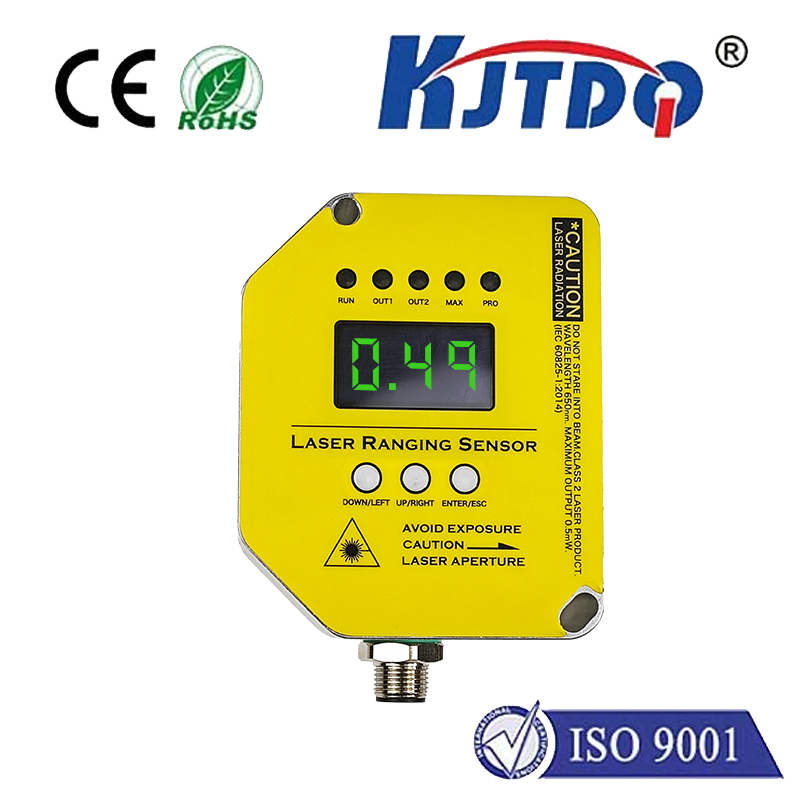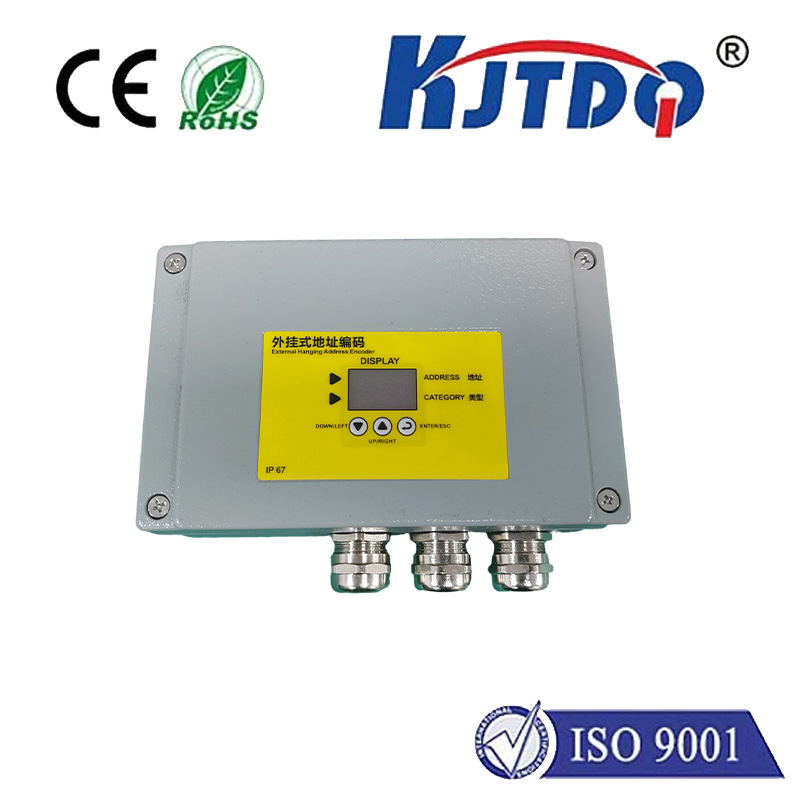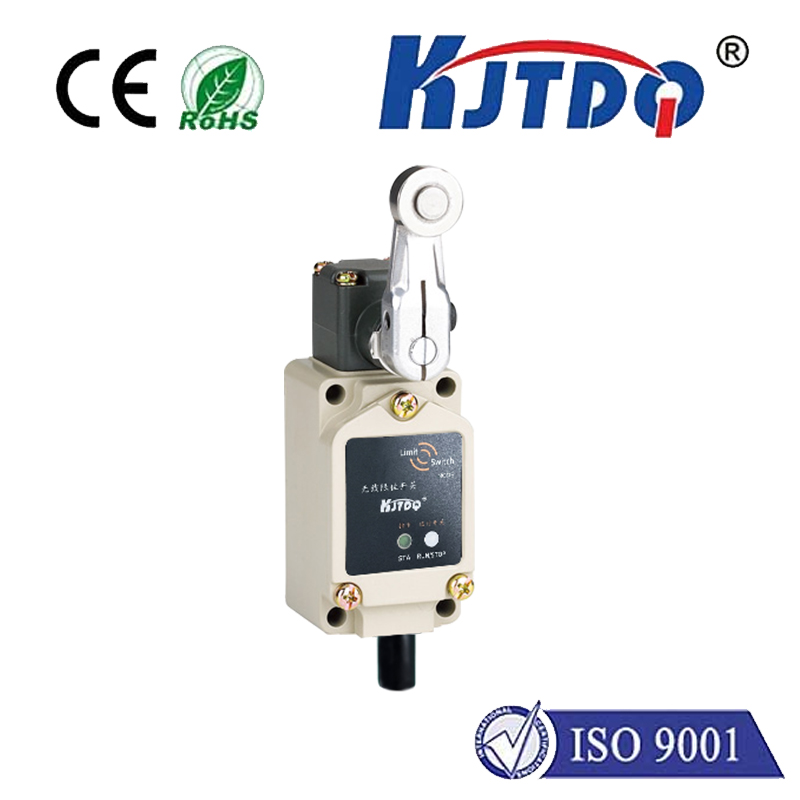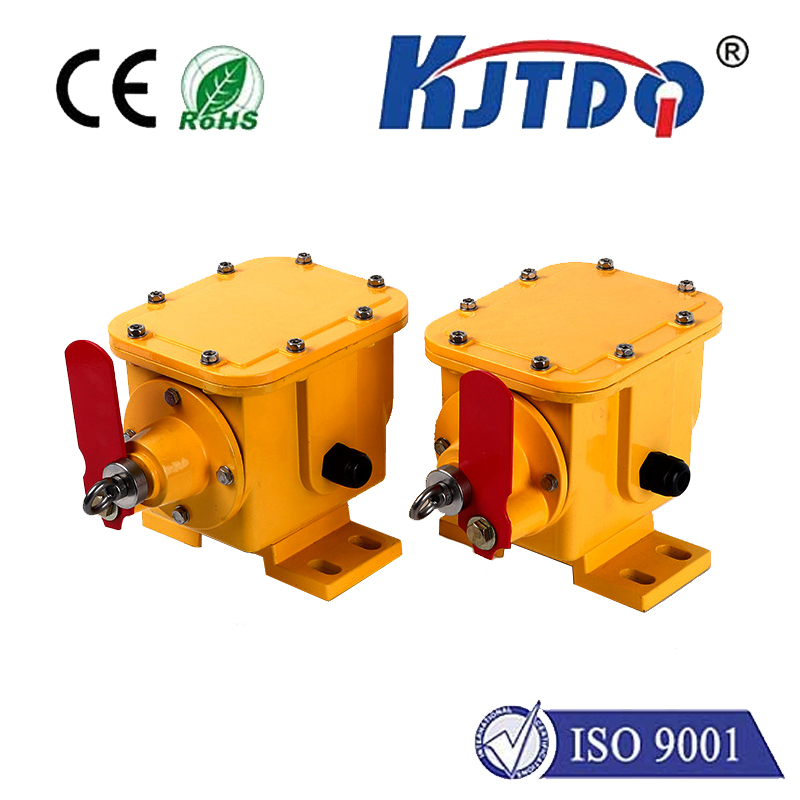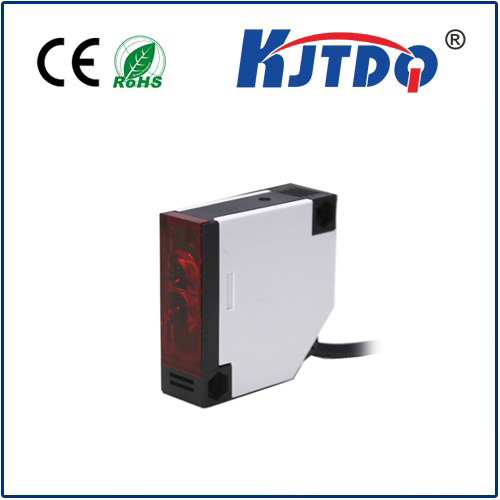proximity switch 220vac
- time:2025-06-28 00:20:43
- Click:0
Unlocking High-Voltage Solutions: The Power of 220VAC Proximity Switches
In the demanding world of industrial automation and machinery, where relentless operation is paramount, the quest for reliable, robust componentry never ceases. Engineers and maintenance professionals constantly battle harsh environments – dust, moisture, vibration, extreme temperatures, and electrical noise. When it comes to sensing position, detecting object presence, or ensuring safety limits without physical contact, proximity switches are the unsung heroes. But not all proximity sensors are created equal, especially when your system operates directly on 220VAC. Understanding the specific capabilities and advantages of a 220VAC proximity switch is crucial for optimizing performance and reliability in these high-power settings.
What Exactly is a 220VAC Proximity Switch?
At its core, a proximity switch (or sensor) detects the presence or absence of a metallic object within its sensing range – without any physical contact. This non-contact operation eliminates mechanical wear, significantly enhancing lifespan and reliability compared to mechanical limit switches. The “220VAC” designation is paramount: it means the sensor is designed and certified to operate directly from a 220 Volt Alternating Current power supply. This is fundamentally different from lower-voltage sensors (like 12-24VDC models) that require an external power supply or interface relay to control higher-voltage circuits.
How Do 220VAC Proximity Switches Work?

The most common type used directly with 220VAC, especially for detecting metals, is the inductive proximity switch. Here’s the basic principle:
- Internal Oscillator: The sensor head contains a coil fed by an oscillator circuit, creating a high-frequency electromagnetic field.
- Eddy Current Effect: When a metallic target (e.g., steel, aluminum, brass) enters this field, it induces tiny electrical currents called eddy currents within the target itself.
- Field Dampening: These eddy currents draw energy from the sensor’s oscillating field, dampening its amplitude.
- Detection Circuit: An internal circuit continuously monitors the amplitude of the oscillation. When the dampening exceeds a preset threshold (indicating a target is present), the circuit triggers the sensor’s output.
- High-Voltage Switching: Crucially, in a 220VAC proximity switch, this output stage is specifically designed to directly switch the 220VAC load. It typically uses robust solid-state components like Thyristors (Triacs) or powerful Relays integrated within the sensor housing. This allows it to connect directly to the high-voltage supply and drive actuators, solenoids, contactors, or pilot lights without an intermediary device.
Key Advantages: Why Choose a 220VAC Proximity Switch?
- Simplified Wiring & Reduced Components: Eliminates the need for separate power supplies or interface relays required by lower-voltage DC sensors when controlling 220VAC loads. This translates to:
- Lower overall component cost.
- Reduced panel space requirements.
- Simplified installation and fewer potential failure points in the wiring.
- Direct Load Control: Capable of switching relatively high currents directly (check sensor specifications for exact ratings), making them ideal for controlling motors, solenoids, or large contactors common in industrial machinery.
- Robustness in Electrically Noisy Environments: Designed for industrial settings, these sensors often feature superior immunity to electrical interference common near large motors, variable frequency drives (VFDs), and welding equipment.
- High Resistance to Vibration & Shock: Their solid-state nature (no moving parts) makes them exceptionally resistant to physical knocks and constant vibration, common on production lines.
- Long Operational Life: Zero-contact sensing means no mechanical wear out, leading to exceptionally long service life.
- Environmental Protection: Available with high ingress protection ratings (IP67, IP68, IP69K) and conformal coating to withstand harsh conditions like washdowns, dust ingress, and humidity.
- Compliance: Built to meet stringent industrial safety and electromagnetic compatibility (EMC) standards relevant to high-voltage operation (e.g., IEC 60947-5-2).
Critical Applications: Where 220VAC Proximity Switches Shine
These sensors are the backbone of countless industrial systems operating directly on 220VAC:
- Machine Tooling: Position sensing of slides, clamps, turrets, tool changers, and end-of-travel limits on CNC machines, lathes, presses.
- Material Handling: Detecting presence/position of pallets, crates, elevators, conveyor components, and automated guided vehicles (AGVs).
- Packaging Machinery: Monitoring fill levels, container position, capping mechanisms, and label application.
- Heavy Industrial Equipment: Position feedback on cranes, hoists, hydraulic cylinders, valves, and furnace doors.
- Process Control: Monitoring tank levels (when used with metallic floats), agitator position, and gate/damper positions.
- Safety Systems: Acting as non-contact interlock switches on guards, doors, or movable platforms to ensure safe access or operation.
Choosing the Right 220VAC Proximity Switch: Key Considerations
Not all 220VAC proximity sensors are interchangeable. Selecting the optimal one requires careful thought:
- Sensing Distance: The nominal range at which the sensor reliably detects a standard target. Consider mounting constraints and required clearance.
- Target Material: Inductive sensors work best with ferrous metals (steel, iron). Sensing distance reduces significantly for non-ferrous metals like aluminum or copper. Ensure the sensor’s specifications match your target.
- Housing Material & Style: Options include rugged nickel-plated brass, stainless steel (for corrosive environments), or specialized plastics. Styles range from cylindrical (e.g., M8, M12, M18, M30) to rectangular block types.
- Output Configuration: Typically “NO” (Normally Open) or “NC” (Normally Closed). Solid-state outputs (usually 2-wire or 3-wire) are common; robust relay outputs are also available.
- Current Rating: Ensure the sensor’s maximum switching current exceeds the inrush and holding current of the load it controls.
- Environmental Rating: Match the sensor’s IP rating (Ingress Protection) and temperature range to the operating environment (dust, water, temperature extremes, chemicals).
- Electrical Standards & Approvals: Verify necessary certifications for your region and industry (e.g., UL, CE, CCC, ATEX for hazardous areas).
- Connection Type: Choose between pre-wired cables or quick-disconnect connectors (M12 being very popular).
Maximizing Performance & Safety
- Proper Mounting: Ensure correct alignment and secure mounting. Flush-mountable sensors require metal surroundings; non-flush types need clear space around the sensing face. Follow manufacturer guidelines.
- Sink vs. Source Wiring: Understand your control system’s input type (PLC, relay module) and wire the sensor correctly (especially important for 3-wire configurations).
- Overcurrent Protection: Always install a suitably rated fuse in series with the sensor’s supply line to protect it and the wiring in case of overload or short circuit.
- Voltage Mismatch: Never connect a sensor rated for a different voltage (e.g., 12VDC, 24VDC, 120VAC) to a 220VAC supply – this will cause immediate damage and is a significant safety hazard.
For engineers, technicians, and system integrators working with machinery powered directly from 220VAC networks, the 220VAC proximity switch is more than just a component; it’s a strategic choice for simplification, robustness, and reliable high-voltage switching. By leveraging their direct connection capability






